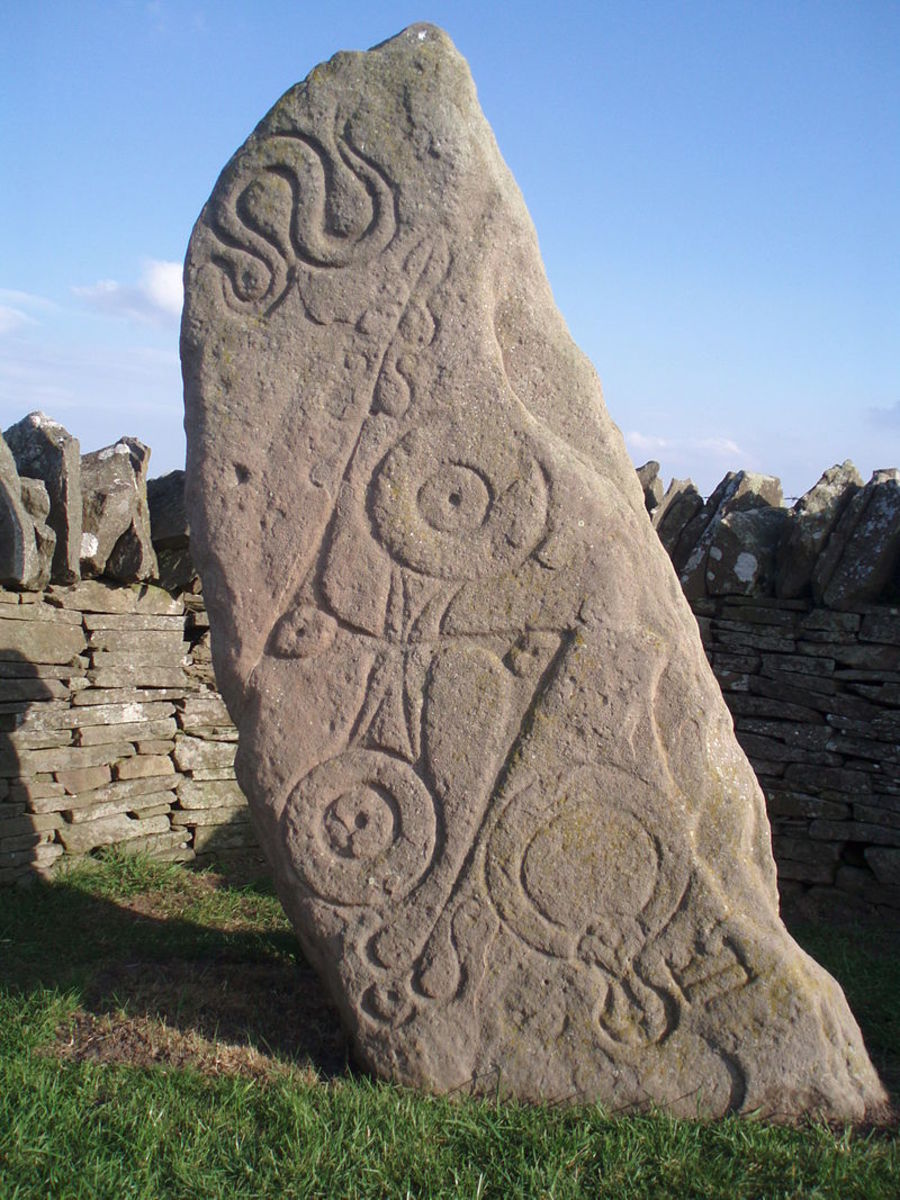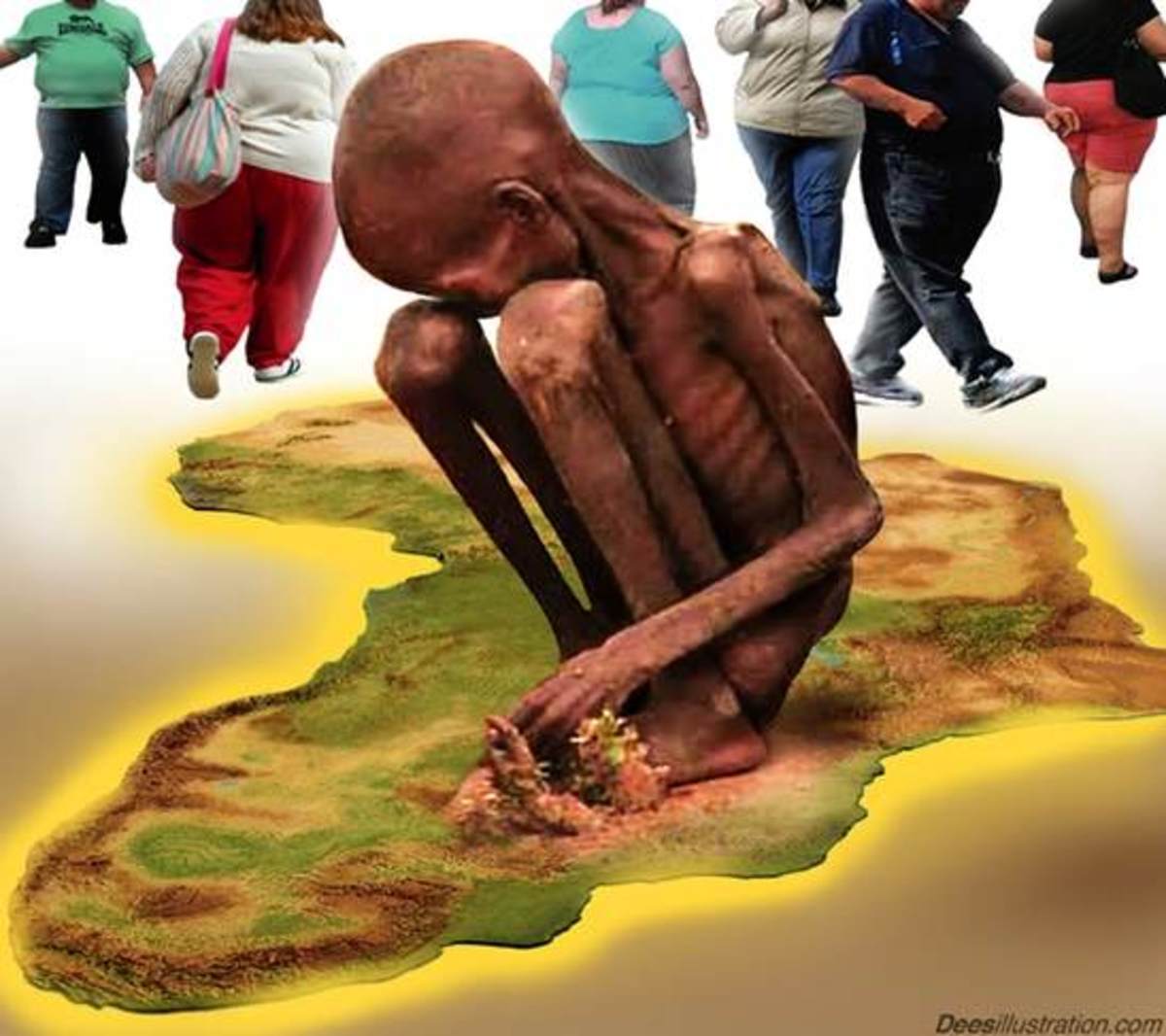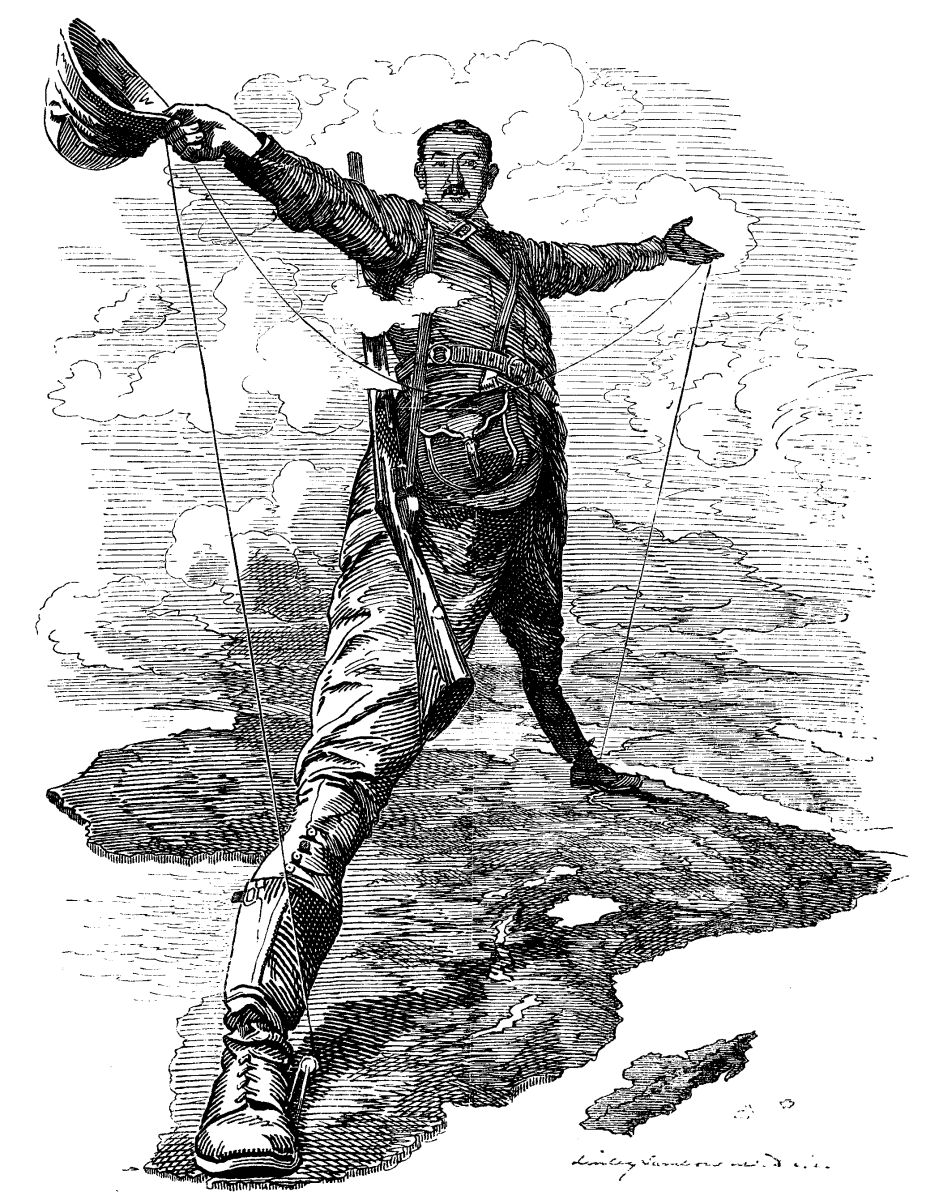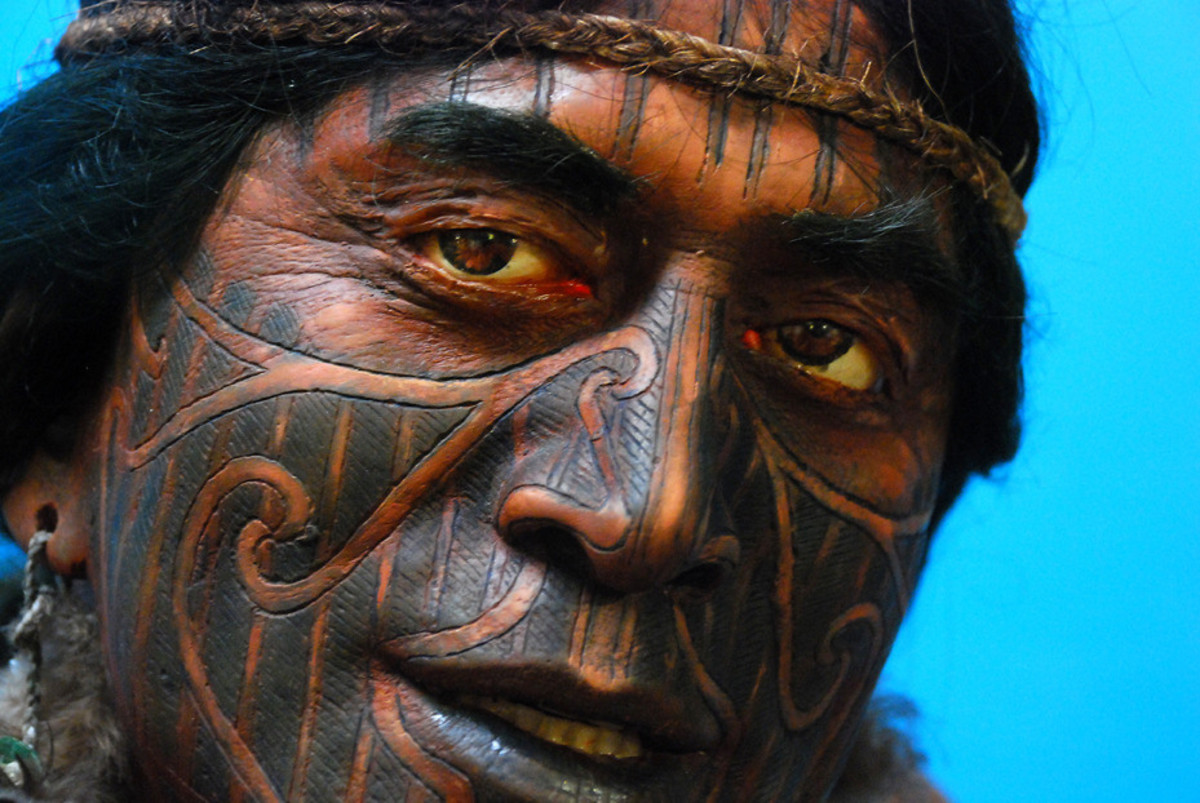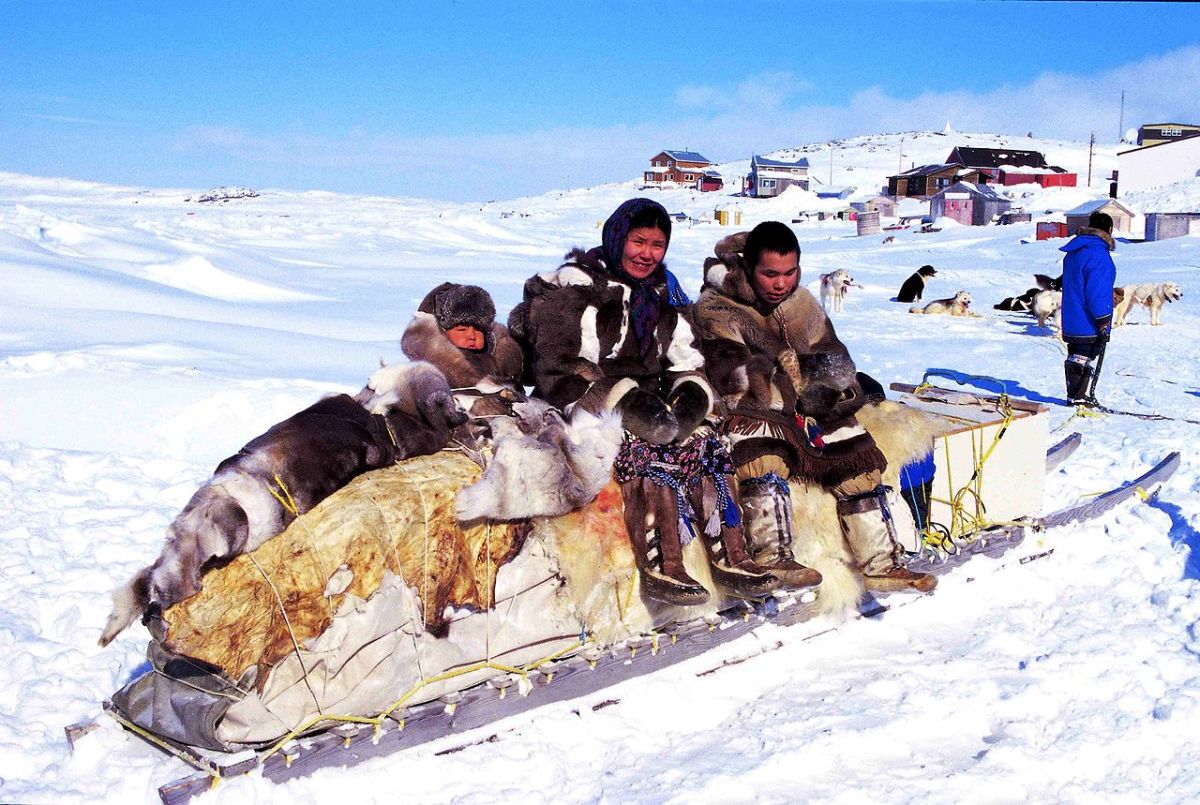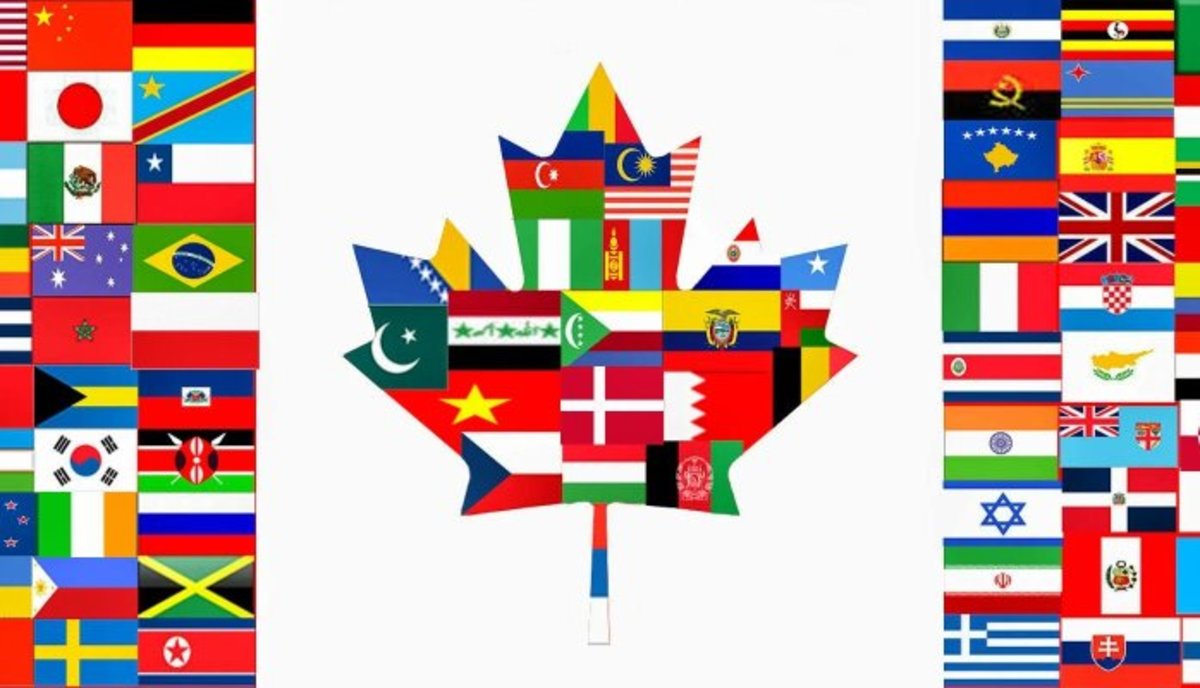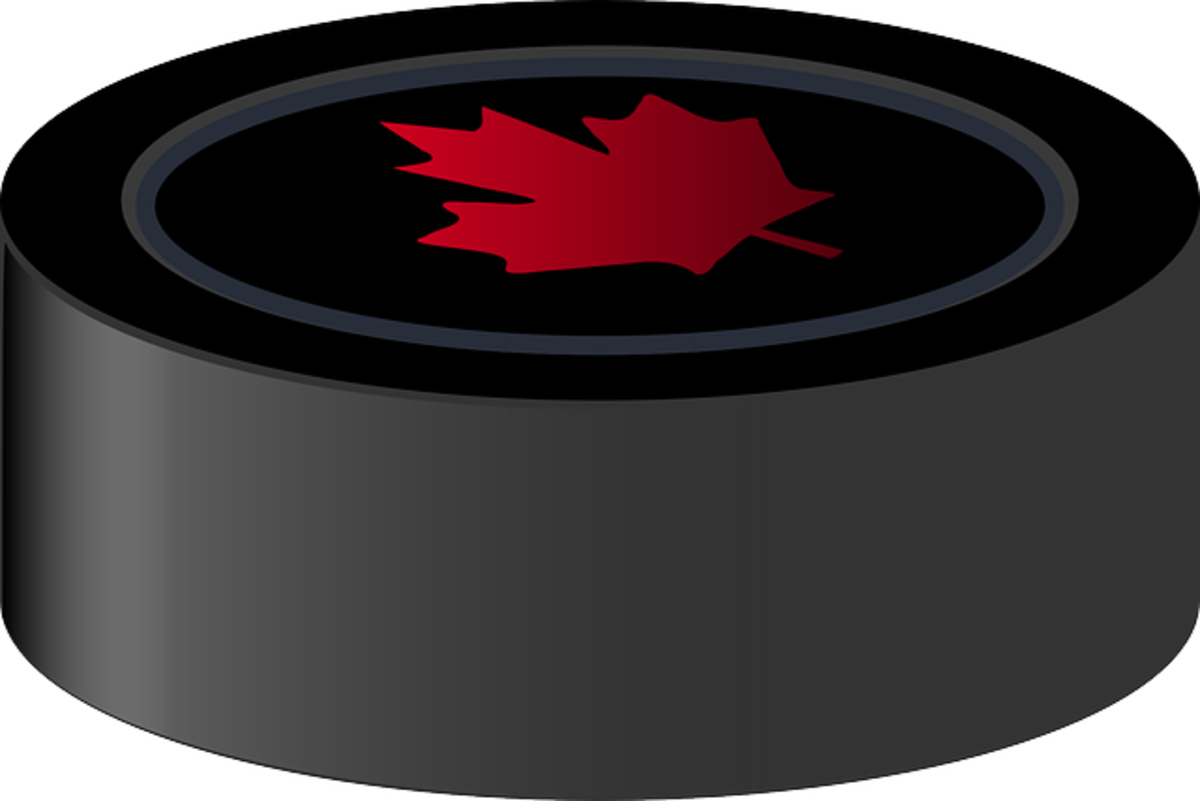European Incursions into the Cree First Nations North
The Northern First Nations, Cree, Huron, Iroquois
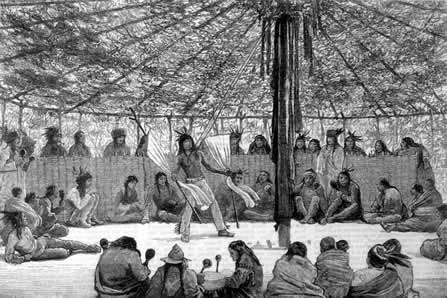
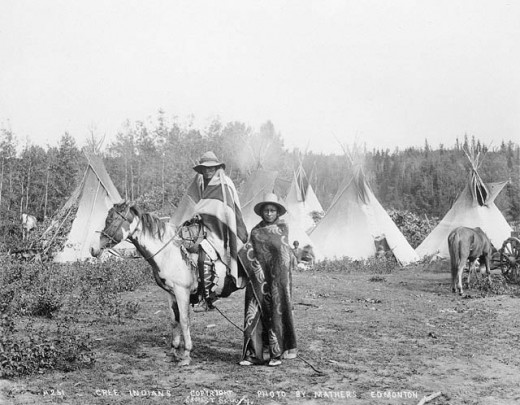
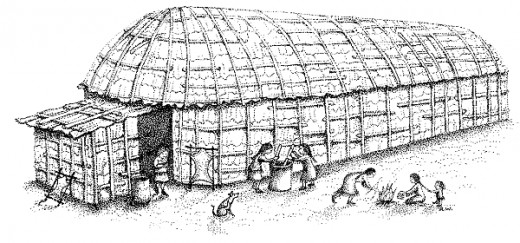
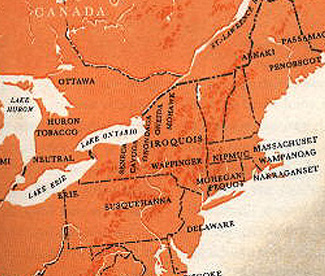
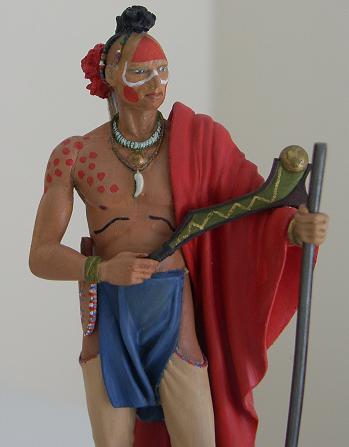
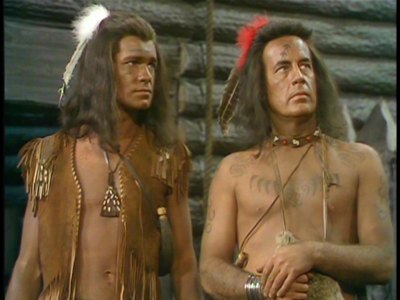
The Cree, Iroquois, Huron and Inuit
The Northern most nations, primarily in Canada extending from the northern shores of the Hudson Bay down to the Great Lakes and St. Lawrence watershed were the next group to experience life with the incursion into their long held territories. The incursion came as a result of the fur trade that was beginning to emerge and the main competitors in the fur race were the British and the French. The race had its roots in 1670 with the setting up of the Hudson's Bay Company that still stands as an enterprise today in Canada. The “discovery” of the now called Hudson Bay resulted in the search for a north west passage to the Pacific in a bid to avoid the dangerous winds and waters just south of Terra-Del-Fuego of South America's south most tip in what has been named, the roaring 40's due to the almost ceaseless storm winds that whirl around Antarctica to the south. This region took a heavy toll on sailing ships of the day. Many were forced to go via the longer route of the Horn of Africa, that was not much safer owing to pirates from Arabia, Malaysia, India, and the like en route to China. A shorter and safer route was sought but that was to escape discovery until the mid 19th century. In the mean-time, other significant finds were made. Thus, in the bid to find safe sea passage in the north, the Inuit, Cree, Iroquois, Huron and other lesser nations came into contact with the competing British and French overseas entrepreneurs. Gold was not the only thing on their minds. Fashion was a lucrative market as well, especially amongst royalty and their courtiers back in Europe. The establishment of the First off-shore company in the form of the Hudson's Bay Company was the sign of things to come, unbeknownst to the First Nations.
First Nations peoples were not adverse to trading. They have been doing it before the dawn of recorded history. Once such trading enterprise was the now famed Pot-latch of the west coast nations. Many nations gathered for the annual event to trade and feast for weeks on end. The Pot-latch was so successful, that it was actually declared illegal in 1910 in order to gain more control over the still largely wild western regions of Canada. Other First Nations were also engaged in nation to nation trading. When Europeans came with their metal pots and implements, they were an instant success in trading with the Hudson Bay to Great Lake First Nations for valued furs. The First Nations of the north did not have metal cooking tools, relying in stead in a complicated manner of cooking items like acorns and other bitter foods to render the edible. They used skins and bark containers to cook using heated stones to boil water and sweeten or soften many wild foods. When metal cooking pots arrived, this was a huge saving of effort as these items could now be cooked over an open fire like a spit roasted shank of meat.
Metal pots of course were virtually useless to the Inuit due to an almost complete lack of wood, Inuit ate almost everything raw including all meat. But, further to the south where nuts, tubers, berries, and vegetable materials were available, there was a market for metal pots and utensils. The Cree, Iroquois and the Huron were all interested in metal pots. These could even be used for trading with plains nations to the south and west for more furs. The Hudson traders form Europe also had blankets which all of the nations craved because of the need to keep warm in bitter cold winters. The Traditional Hudson Blanket that bears the tri-colour design that Bay customers know today, were also very attractive to the First Nations as they had nothing like this at all. They had furs of all kinds, such as beaver, bison, elk, caribou, bear, mountain sheep and goat. The most prized fur of all by the Europeans was the beaver, as this was made into hats in Europe and sold widely. They particularly favoured the used beaver fur blankets of the First Nations as these had the body oils that caused the pelts to flatten and compress in the desired manner for hat making. The First Nations had no problem surrendering used pelts for new blankets and thought they were getting the better deal. Such are the vagaries of fashion abroad. The blanket trade off would prove to be a fatal choice for reasons that we will explore later.
“Its first century of operation found Hbc firmly ensconced in a few forts and posts around the shores of James and Hudson Bays. Natives brought furs annually to these locations to barter for manufactured goods such as knives, kettles, beads, needles, and blankets. By the late 18th c. competition forced Hbc to expand into the interior. A string of posts grew up along the great river networks of the west foreshadowing the modern cities that would succeed them: Winnipeg, Calgary, Edmonton.” (1)
The Cree were and are one of the largest groups of First Nations Americans in what is now called Canada. As a diverse group of 8 sub groups that extended into the great plains, they had a population of 200,000 members living in Canada alone. They also extended into the northern regions of the plains states of what was to eventually become the United States. In Canada, the major proportion of Cree live north and west of Lake Superior, in Ontario, Manitoba, Saskatchewan, Alberta and the Northwest Territories. They also lived on the southern and western shores of Hudson Bay and thus had first contact with the Hudson Bay European traders. Some 15,000 Cree lived in eastern Quebec. In the United States to the south, the Algonquian speaking Cree people lived historically from Lake Superior and westward into the great plains right out to the mountains of western Colorado. Today these people live mostly in Montana reserves, where they share with the Chippewa Ojibwa nation. The Cree at one time, though sparsely populous, were spread out over a vast territory and thus controlled an enormous fur resource.
The first contact Cree were the three nations that bordered on Hudson Bay and James Bay. These were in order, the James Bay Cree, the Grand Council of the Crees with approximately 16,357 Cree today, called Iyyu in the Coastal Dialect. They were called Iynu in the Inland Dialect of the James Bay and Nunavik regions of Northern Quebec near the coast of Hudson Bay. Next are the Moose Cree near Moose Factory] in the Cochrane District , Ontario today. This group lives on Moose Factory Island, near the mouth of the Moose River, at the southern end of James Bay, which gave them canoe access to the Ottawa River by portage to the immediate south. The Ottawa river connects with the St. Lawrence River further south between Ottawa and Montreal. Finally, the Swampy Cree that lived and in northern Manitoba along the western Hudson Bay shores and adjacent inland areas to the south and west as well as in Ontario along the western shores of Hudson Bay and of James Bay to the hours. Today, this group has 4,500 members. Five other sub groups of Cree existed and they were the second line of traders beyond the first lines around the two northern bays.
History of Candian First Nations
It is these First Nations, who also had friendly relations with the Europeans, intermarried and had children that became the foundation of the Metis. The Metis were to become an important political force later on in Canada as “half-breeds” that existed in a twilight world between the white and red races, especially when alienation and war between the actual First Nations and Europeans erupted. Today, the Metis consider themselves a First Nation in their own right and lay claim to vast territories over much of Canada, mainly in the sane regions as the Cree. Neither the Cree nor the Metis considerations have been given much respect under the multitude of treaties that were signed between the various governments and the First Nations.
One of the southern trading branches of the Cree were the Iroquois, known by themselves as the "People of the Longhouse". The Iroquois also were aware of the Europeans to the east due to the expanding settlements beginning in what was to become Massachusetts and eventually the 13 colonies and Arcadia to the north. They were an association of several tribes of First Nations people of the region just south of the St. Lawrence River. After the Iroquoian speaking peoples coalesced as distinct tribes, based mostly in present day upstate New York in the 16th century or earlier they came together in an association known today as the Iroquois League, or the "League of Peace and Power". The original Iroquois League was often known as the “Five Nations”, as it was composed of the Mohawk, Oneida, Onondaga, Cayuga, and Seneca peoples. Today, it is the Mohawk descendants that have been the most outspoken and have extended their reach across to the west coast. After the Tuscarora nation joined the League in 1722, the Iroquois then became known as the “Six Nations”. The Iroquois were to become pivotal in wars that broke out between the English and French later as well as against the expansion of settlers moving to the west. In the war over the fur trade, the Iroquois would side with the British while the Huron, traditional enemies would side with the French to their later detriment.
The Wyandot also known as the Huron are a First Nation peoples of Canada, known in their native language of the Iroquoian nation as the Wendat. The pre-European contact people formed in the area of the north shore of present day Lake Ontario near present day Pickering, before migrating to the Georgian Bay of Lake Huron from which we give them their name today. It was in their later location that they first encountered explorer Samuel de Champlain in 1615. This formative contact was to ally them to the French which would have a two part tragic conclusion later toward the end of the 18th century.
The modern Wyandot emerged in the late 17th century from the remnants of two earlier groups, the Huron Confederacy and the Tionontate, called the Petun or as we would identify, the tobacco people by the French because of their cultivation of the crop. Tobacco has long been cultivated by the First Nations. It goes back to at least to the time when tobacco shows up in Egypt thousands of years ago. They were drastically reduced as a people by epidemic diseases after 1634, which weakened them against attacks from the Iroquois later on and dispersed by war in 1649 from the Iroquois of the Haudenosaunee.
The Huron were to have a tragic history with their allegiance to the French. First, diseases like smallpox, influenza, tuberculosis and even the common cold decimated them. Then attacks by their traditional enemies cut down their numbers and scattered the remnants westward. Of course, by that time, the Iroquoian-speaking peoples were also under pressure from the east by expanding European settlements. Then in 1789, the French Revolution occurred and support collapsed in the new world. The British took advantage of this and took the central corridor of the US out of French hands, The French would only be left with Quebec and the Mississippi Delta in the end, the Great Lakes and Mississippi falling to British hands. But, to the east, the British had trouble in the 13 colonies earlier in the early 1770s that culminated in the American Revolution of 1776. Both of these wars took a heavy toll on both the Iroquoian-speaking nations and the Huron. In addition, the Huron had converted to Christianity under the French priests, while the Iroquois did not convert but resisted. The French-English-American Republic and Christian-native religion divide created a confusing and warring mix. Both the Huron and Iroquois would experience first hand a major shift in European politics both from Europe and US born European descendants, which was away from British monarchy in the post bourgeois revolution colonies to a federated republic of local representatives. In France, the revolution there toppled the aristocracy and replaced it with a bourgeoisie democracy. These occurred a mere 13 years apart. Both revolutions created massive changes within the First Nations relations with the Europeans. Wars were common and the First Nations suffered tremendous losses.
In one way, there was no change as the original settlers had not changed in their attitudes toward the First Nations. Within the continent of North America, a new politic emerged; the politic of the bourgeois oligarch. Though the 13 colonies founded a republic, the Constitution and civil rights was meant for the colonies and not inclusive of slaves from Africa, nor for foreign sovereign nations included such sovereign nations as the First Nations. Thus the American Revolution was a very limited and limiting affair, favouring local laissie faire capitalist entrepreneurs. The resulting divide between many nations on one soil and a capitalist expansionist attitude was to mean a long war lasting virtually from the complicated mess between French, English and Republic battles that both engulfed First Nations peoples and fought against them in a home grown lebensraum.
The watershed of that expansionism for ever more profits was to end in one of the most tragic genocides in history justified by the legislating of the “Indian Removal Act” of 1830 that was to lead directly to the “Trail of Tears” by 1871 as the remnants of once proud and mainly self sufficient sovereign First Nations were reduced in some cases to absolute extinction. Others were sequestered in squalid reservations to wallow in perpetual misery. The road to this ending is indeed far more complex than dealt with here, and it is a road which we will explore in detail further in this history. The road includes the deliberate destruction of cultures and a way of life, unsavory items like germ warfare and engineered famine and abuses of all kinds.
The future of these once self sufficient and ecosystem adapted peoples lies in the linking up with equally oppressed peoples around them and in the world at large. No good can come from a lineage of hundreds of treaties that have never been respected and always betrayed. Most people need to forget about reliance on lies and broken promises made by a self seeking and powerful elite. As First Nations continue to be abused and oppressed, forced to live in concentration camps called reserves and that working white, black people and immigrants exposed to xenophobia have very little recourse when the boss fires them en-masse, the four oppressed peoples need to unite to put an end to all of this. The First Nations coined a phrase something along the lines that individual fingers can be broken, but united all into a fist, it is much more difficult to break. In a world filled with injustice, poverty, sickness and sorrow, all of these need to become a fist!
It turns out that some 500 years ago, the Huron had a city that was the size of Manhattan
- Ancient 'New York City' of Canada Discovered - Yahoo! News Canada
From Yahoo! News Canada: Today New York City is the Big Apple of the Northeast but new research reveals that 500 years ago, at a time when Europeans were just beginning to visit the New World, a settlement on the north shore of Lake Ontario, in Canad


